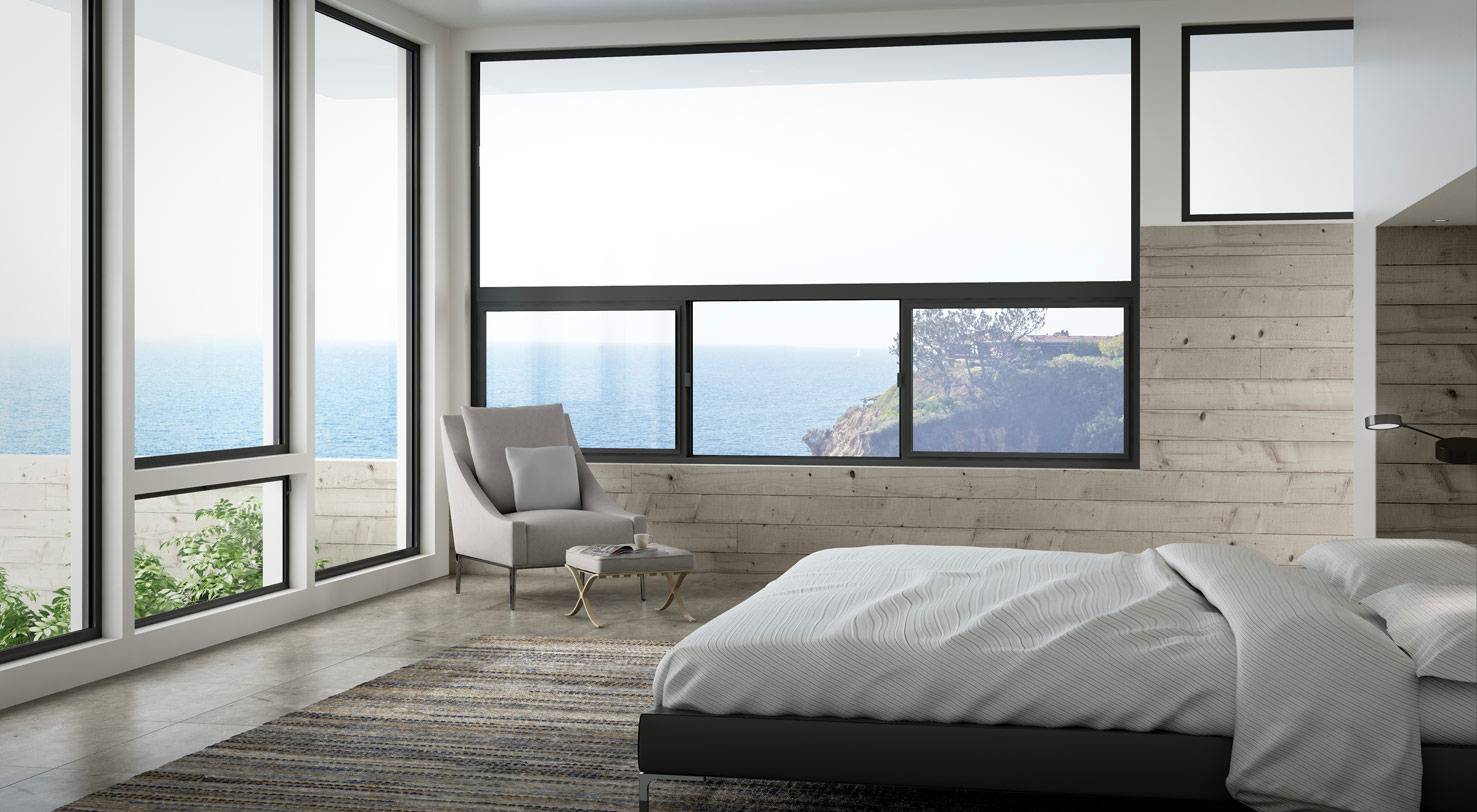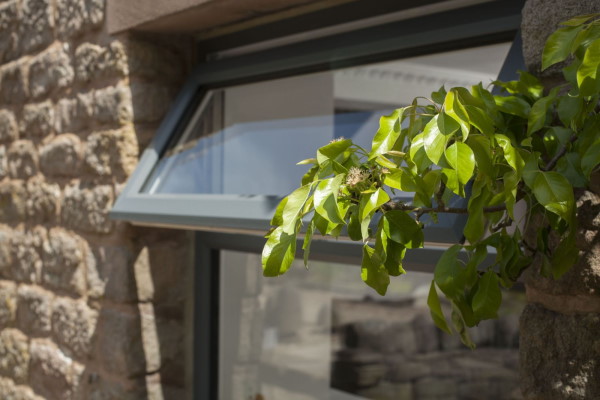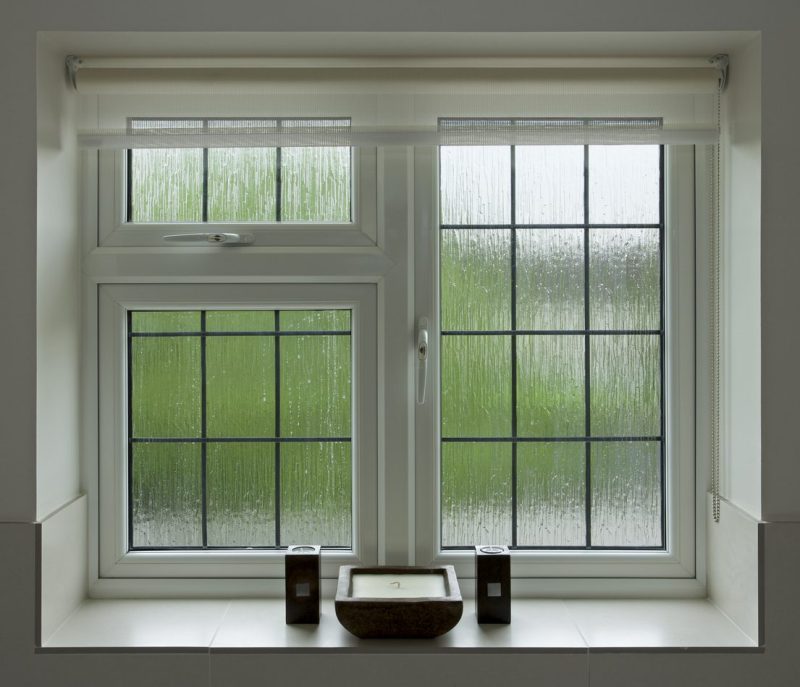All Categories
Featured
Table of Contents
Diy Double Glaze in Wandi Perth
Glazing merely means the windows in your house, consisting of both openable and set windows, along with doors with glass and skylights. Glazing actually just suggests the glass part, but it is generally used to refer to all aspects of an assembly consisting of glass, films, frames and home furnishings. Taking note of all of these elements will help you to attain reliable passive style.

Energy-efficient glazing makes your house more comfy and significantly lowers your energy costs. Improper or badly created glazing can be a significant source of unwanted heat gain in summertime and substantial heat loss and condensation in winter. Up to 87% of a home's heating energy can be acquired and up to 40% lost through windows.
Double Glazed Windows And Doors In Perth in Langford Western Australia
Glazing is a substantial investment in the quality of your house. A preliminary investment in energy-efficient windows, skylights and doors can significantly lower your annual heating and cooling bill.

This tool compares window selections to a base level aluminium window with 3mm clear glass. Understanding a few of the crucial homes of glass will help you to select the very best glazing for your house. Secret properties of glass Source: Adjusted from the Australian Window Association The amount of light that goes through the glazing is referred to as visible light transmittance (VLT) or visible transmittance (VT).
The Surprising Benefits Of Double Glazing In The Summer ... in Marmion WA
The U value for windows (revealed as Uw), explains the conduction of the whole window (glass and frame together). The lower the U value, the greater a window's resistance to heat circulation and the much better its insulating value.
If your home has 70m2 of glazing with aluminium frames and clear glass with a U value of 6. 2W/m2 C, on a winter season's night when it is 15C cooler outside compared to inside, the heat loss through the windows would be: 6. 2 15 70 = 6510W That is comparable to the overall heat output of a large room gas heating unit or a 6.
Insulated Glass Unit – Igu in Highgate Perth

If you choose a window with half the U worth (3. 1W/m2 C) (for example, double glazing with an argon-filled gap and less-conductive frames), you can cut in half the heat loss: 3. 1 15 70 = 3255W The solar heat gain coefficient (SHGC) for windows (revealed as SHGCw) determines how readily heat from direct sunlight streams through an entire window (glass and frame together).
The lower a window's SHGC, the less solar heat it sends to your house interior. Glazing producers state an SHGC for each window type and style. The real SHGC for windows is affected by the angle that solar radiation strikes the glass. This is referred to as the angle of occurrence.
Upvc Double Glazed Windows Australia in Brentwood Western Australia
When the sun is perpendicular (at 90) to the glass, it has an angle of occurrence of 0 and the window will experience the optimum possible solar heat gain. The SHGC stated by glazing manufacturers is constantly calculated as having a 0 angle of incidence. As the angle increases, more solar radiation is reflected, and less is sent.
Latest Posts
Diy Double Glaze in Koondoola WA
Glass Selector - Custom Single & Double Glazed ... in Midvale Perth
Does Double Glazing Keep Heat Out in Woodvale Western Australia